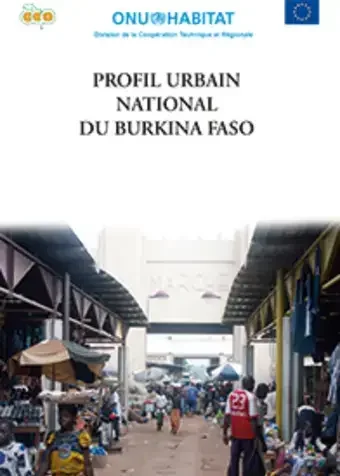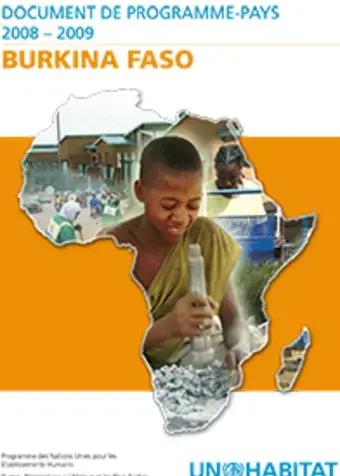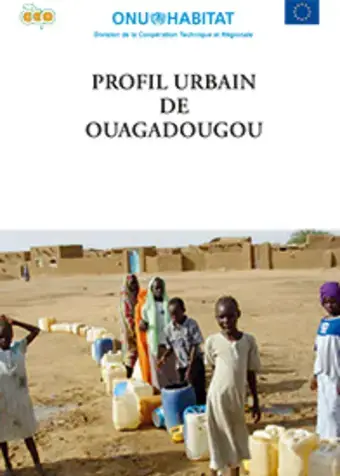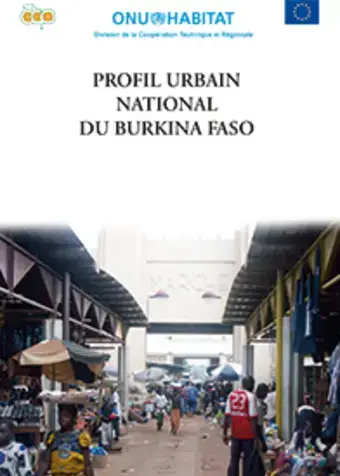Burkina Faso
Overview
UN-Habitat is committed to continue its long-standing cooperation with the government of Burkina Faso, which started in 1972. UN-Habitat’s technical assistance included support to the elaboration of urban policy, upgrading of urban settlements and environmental approaches to constructions. We are engaged in pursuing our work in partnership with the local authorities.
In Burkina Faso, the urban population increased from 15,5% in 1996 to 31,5% in 2016. It is expected to reach 52% by 2050. Cities and towns of Burkina Faso are facing rapid sprawl, lack of planning, basic services and infrastructure, and weak governance and financial systems, among other challenges.
Urban growth in Burkina Faso remains polarized in the two major cities of the country: Ouagadougou (46,4%) and Bobo-Dioulasso (15,4%), representing nearly 62% country’s urban population[1]. These cities are growing very quickly, without the necessary support measures in terms of planning, administration, infrastructure, equipment and services. This fast-paced urban growth results in sprawling and increase of informal settlements in the peri-urban areas.
Urban Population (2018): 19.4%
Urban Growth Rate (2015-2020): 4.99%
Donors and partners
The UEMOA (Union Economique et Monétaire Ouest Africaine), is a sub-regional African organisation covering 8 countries in West Africa i.e Benin, Burkina Faso, Cote d’Ivoire, Guinea-Bissau, Mali, Niger, Senegal and Togo. It’s headquarter is based in Ouagadougou, Burkina Faso. UN-Habitat and UEMOA signed a MoU (Memorandum of Understanding) in 2010 to mainstream their partnership on urban and housing thematic on the sub-region.
Donors
Contact
Legacy content
UN-Habitat Projects in Burkina Faso Supporting the implementation of the Urban Burkina Faso Country Programme
- Duration: January 2014 – 31 December 2016
- Value: US$977,500
- Donor: UNOPS - Switzerland
- Implementing Partners: Laboratoire Citoyennetes
Participatory Slum Upgrading Programme The Participatory Slum Upgrading Programme is being implemented with a focus on the development and adoption of inclusive policies and strategies for slum upgrading in line with the PSUP principles and contributing to the achievement of MDG 7 c and d. The Programme aims to strengthen community, city and national key stakeholders’ capacities in participatory slum upgrading , thus adding value to the development of policy, institutional, legislative, and financial frameworks, through the implementation of a participatory pilot project located in the city of Ouagadougou .
- Implementation Phase: Phase III
- Duration: 2008 -December 2015
- Value: US$900,000
- Donor: European Commission and, the Africa, Caribbean and Pacific Secretariat
- Implementing Partners: UN-Habitat and the Ministry of Urban Planning and Housing
- Profile cities/ location: Neighbourhoods of Bissighin and Basnere, in the City of Ouagadougou



